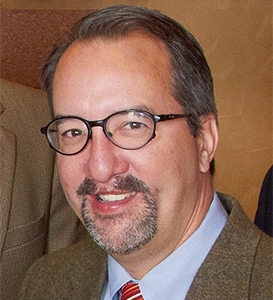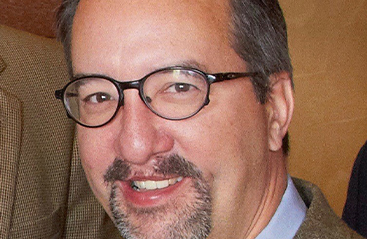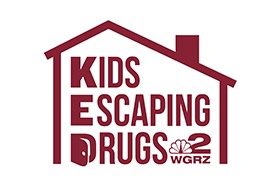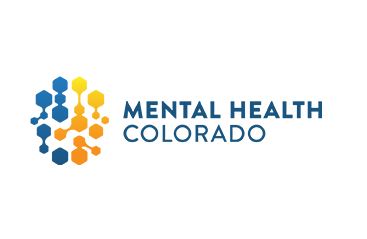In late March, I had the pleasure of chatting with Dr. Joseph A. Best, an oral surgeon at Oral and Maxillofacial Surgery Associates based in Waukesha, Wisconsin. Dr. Best has performed extensive research experience in pain management and actively utilizes non-opioids to manage his patients’ pain. Our conversation is summarized below.
 Tell us about yourself – what is your background and what sparked your interest in acute pain management?
Tell us about yourself – what is your background and what sparked your interest in acute pain management?
I attended Marquette University School of Dentistry in Milwaukee, WI and while I was there I investigated the mechanism of nitrous oxide function. This research sparked my interest in pharmacology and spurred me to pursue the dental scientist program, enabling me to complete a PhD in Pharmacology at the University of Rochester, while also obtaining specialty training in oral and maxillofacial surgery. After I completed my training, I ended up staying at the University of Rochester for a few more years as a full-time faculty member where I lectured on pain management and practiced clinically.
Eventually, I came back to Marquette to teach pharmacology and continued my pain management teaching while also practicing clinically at Oral and Maxillofacial Surgery Associates (OMSA). The opioid epidemic became real for me when I read a tragic story about a woman who had recently lost her daughter to an overdose after she battled an opioid addiction for 3 to 4 years. The woman mentioned that her daughter’s addiction started after she received an opioid prescription when her wisdom teeth were removed. There are not a lot of oral surgeons that practice in Watertown, WI, so I went back to the office and looked up her name and realized I was the oral surgeon who prescribed her the opioids.
That was a real eye opener for me on the connection between the opioids I was prescribing and the opioid epidemic, and I wanted to do something about it. Around that time, Brad Schimel, who was the District Attorney (DA) in Waukesha, came to Waukesha Memorial Hospital and met with all the healthcare providers. He described the unbelievable increase in overdoses he was seeing from prescription narcotic medications, so I asked if he wouldn’t mind talking to my students about this issue. By the time he came to speak, he was the newly elected state attorney general, so my students paid attention to everything he shared. I ended up getting involved with state level efforts to curtail the prescribing of opiates by dentists and now I travel statewide giving lectures on better opioid prescribing habits.
Can you tell us a bit about your hospital?
Our practice is affiliated with three hospitals: Waukesha Memorial Hospital, Oconomowoc Memorial Hospital, and Mukwonago Memorial Hospital. Oral and Maxillofacial Surgery Associates has five offices spread over three counties, so we have a mixture of rural and suburban sites, where the population density can vary.
What patient populations do you serve?
Oral and Maxillofacial surgery is a specialty that treats a diverse group of patients of all ages and genders, both in suburban and rural settings. We tend to treat a lot of adolescents for wisdom teeth and it’s becoming very clear from the literature that dentists should be very cautious when prescribing narcotic pain medications to them. This is one of the main prescribing points I try to get across to my dental and oral surgery colleagues.
What inspired your group to create a non-opioid preoperative pain management experience for patients?
I was clinically trained in an era where the emphasis was placed on using opioids to treat pain, when pain was considered the fifth vital sign and maximum pain management was paramount. I was taught to give large amounts of narcotic pain medications to control pain; there were even studies linking narcotics to shorter hospital stays and better outcomes. But as we all know now, this wasn’t true. It almost felt like I was sold a “bill of goods.” I was upset because I felt like I wasn’t taught how to manage pain correctly.
However, I was given the opportunity to teach the facts about how harmful narcotics are. The heavy utilization of narcotics is a hard habit to break, and I still have long discussions with oral surgeon colleagues about dramatically dialing back how much narcotics they prescribe. It is really hard for surgeons who have been practicing for a long time to break these habits, because they were trained with a desire to ensure their patients are comfortable. Empathy is encouraged, but it is also important that clinicians understand the risks of leaning too much on a narcotic strategy, versus other strategies which really good clinical studies have shown to be better.
What positive downstream affects have you seen since you implemented your program?
Well, it’s not really my program. I was asked to be on the Wisconsin coalition for prescription abuse with a variety of clinicians, politicians, and policymakers. The coalition developed prescribing guidelines and a two-hour continuing education (CE) course on better prescribing habits that was mandated for all dentists in the state. For two years, I went on a statewide tour of Wisconsin giving lectures that fulfilled the two-hour CE requirement. My audience ranged from 250 dentists in a lecture hall in Milwaukee to 8 dentists in a bowling alley. Because the populations densities are so varied in Wisconsin, my audiences ran the gamut.
What we are seeing from the prescription drug monitoring program (PDMP) is that the prescribing rates are certainly going down quite a bit. Whenever I give a lecture, I always go online to the PDMP and show the dentists my report so they can see how I am doing. The maximum I prescribe is 5 pills and it really drives home that it is doable.
The attorney general and the governor did a great job attacking the opioid epidemic using a multi-pronged method. One of the key things involved educating the public through the Dose of Reality campaign running TV and radio ads educating them on the risk of prescription drugs. What my colleagues and I have found is that parents that bring their teenage kids in for wisdom tooth extraction are very adamant about their children not receiving narcotics to manage their pain. Which makes providing non-opioids much easier.
What are the next steps/future directions?
We are working to maintain the recommended two-hour prescribing training every two years, so I am still going around the state providing the lectures on responsible prescribing. Now we are working on another project focused on antibiotic stewardship and trying to get dentists in the state to change their antibiotic prescribing habits to help reduce the potential for antibiotic resistance. There is always another project on the burner.



